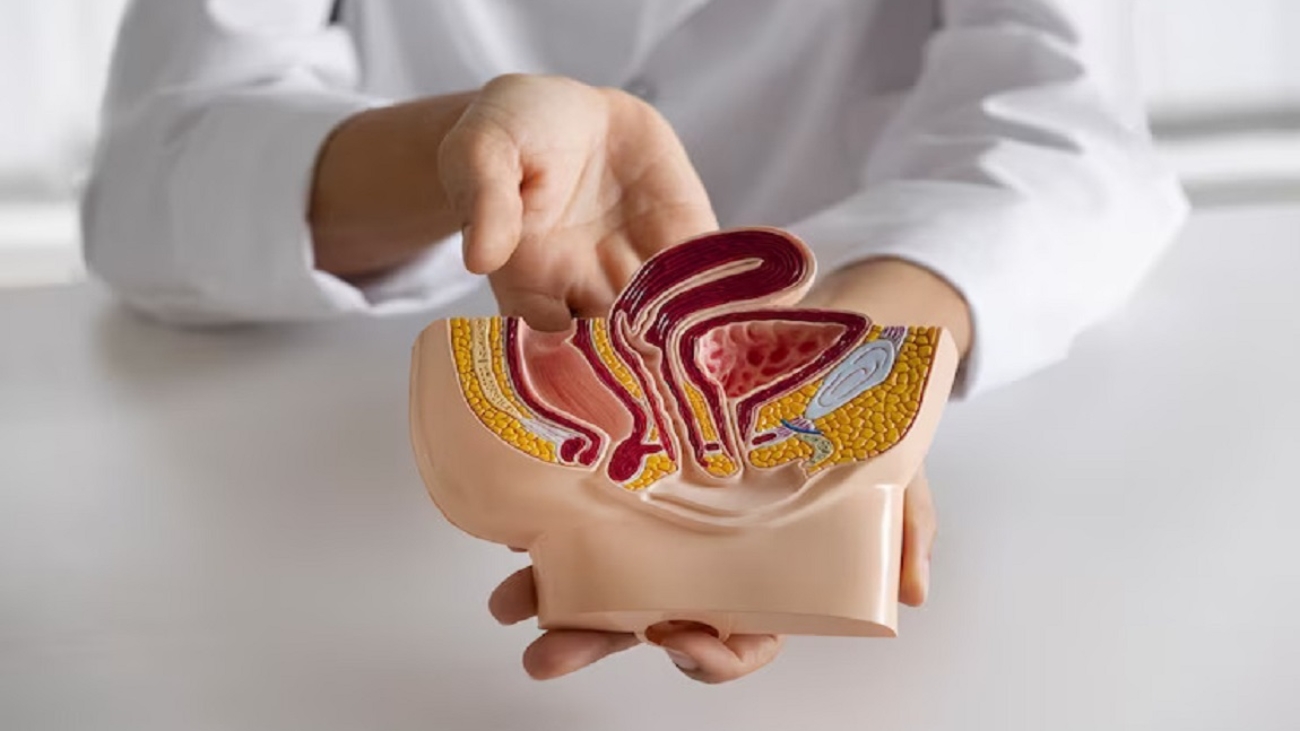Printing has evolved significantly over the years, and today, we have various methods and technologies available for producing high-quality prints on a wide range of materials. One of the most exciting developments in the world of printing is giant printing, which involves creating massive prints, often used for advertising, events, and decorative purposes. In this article, we will explore the world of giant printing, its various types, and delve into the specific realm of large fabric backdrop printing.
The Evolution of Printing:
Printing has come a long way from its origins in ancient China, where woodblock printing was first developed around 220 AD. This early form of printing involved carving characters and images into wooden blocks and applying ink to transfer them onto paper or fabric. Over the centuries, printing technology has seen remarkable advancements, leading to the diverse range of printing methods available today.
Types of Printing:
Digital Printing:
Digital printing is one of the most commonly used methods in the modern printing industry. It involves directly transferring digital files to a variety of surfaces, such as paper, fabric, or even metal, using inkjet or laser printing technology. Digital printing is known for its high-quality, quick turnaround, and the ability to produce small to large print runs efficiently.
Offset Printing:
Offset printing, also known as lithography, is a traditional method that involves transferring ink from a plate to a rubber blanket and then onto the printing surface. This method is ideal for large print runs and offers precise color reproduction and high-quality prints.
Screen Printing:
Screen printing is a versatile technique that uses a mesh screen to transfer ink onto a substrate. It’s widely used for producing graphics on textiles, such as T-shirts and posters, and can be adapted for giant printing on fabric or other materials.
Flexography:
Flexography is a type of relief printing that utilizes flexible printing plates. It is commonly used for packaging materials and labels and can also be adapted for giant printing applications.
Giclée Printing:
Giclée printing is a high-quality, fine art printing method that uses inkjet technology to reproduce artwork with exceptional color accuracy and detail. It’s often used for art reproductions and decorative prints.
Large Format Printing:
Large format printing encompasses various techniques, including inkjet, dye sublimation, and solvent-based printing, to create oversized prints for banners, posters, and displays. This category is closely related to giant printing and is often used for producing large fabric backdrops.
Giant Printing:
Giant printing refers to the creation of oversized prints that are typically larger than what standard printing equipment can handle. This type of printing is commonly used for eye-catching banners, billboards, trade show displays, and building wraps. Giant printing allows businesses and organizations to make a bold statement and capture the attention of a broad audience.
Large Fabric Backdrop Printing:
Large fabric backdrops have gained immense popularity in various applications, including events, photography, trade shows, and retail displays. Printing on fabric offers several advantages over traditional materials like vinyl or paper, including lightweight portability, durability, and a more vibrant, high-end look.
The process of large fabric backdrop printing often involves the following steps:
Design:
The first step is to create a high-resolution digital design or artwork that suits the intended purpose of the backdrop. This design is then prepared for printing.
Material Selection:
Fabric backdrops can be made from a variety of materials, including polyester, canvas, and microfiber. The choice of material depends on factors such as durability, texture, and intended use.
Printing:
Large fabric backdrops are typically printed using dye sublimation or direct-to-fabric printing techniques. Dye sublimation involves transferring dye directly into the fabric fibers, resulting in vibrant, long-lasting colors. Direct-to-fabric printing applies ink directly onto the fabric surface.
Finishing:
After printing, the fabric may undergo finishing processes such as hemming, grommet installation, or the addition of pockets for easy installation.
Quality Control:
Quality control checks ensure that the final product meets the desired specifications in terms of color accuracy, resolution, and overall appearance.
Conclusion:
Giant printing has transformed the way we create eye-catching visuals for various purposes, from advertising to events and decorative displays. Large fabric backdrop printing, in particular, offers a versatile and visually appealing solution for businesses, photographers, and event organizers looking to make a statement. With the continuous advancements in printing technology, the possibilities for giant printing and large fabric backdrops continue to expand, providing endless opportunities for creativity and innovation in the world of visual communication.








